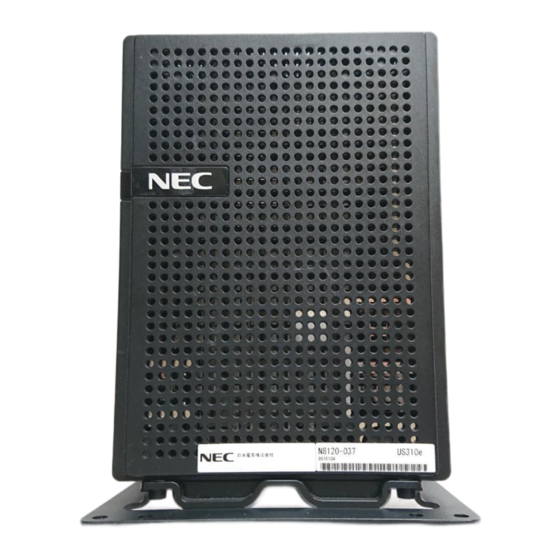
NEC Thin Client US310e Manuals
Manuals and User Guides for NEC Thin Client US310e. We have 2 NEC Thin Client US310e manuals available for free PDF download: User Manual, Getting Started
Advertisement
NEC Thin Client US310e Getting Started (7 pages)
Brand: NEC
|
Category: Computer Hardware
|
Size: 0 MB
Table of Contents
Advertisement

